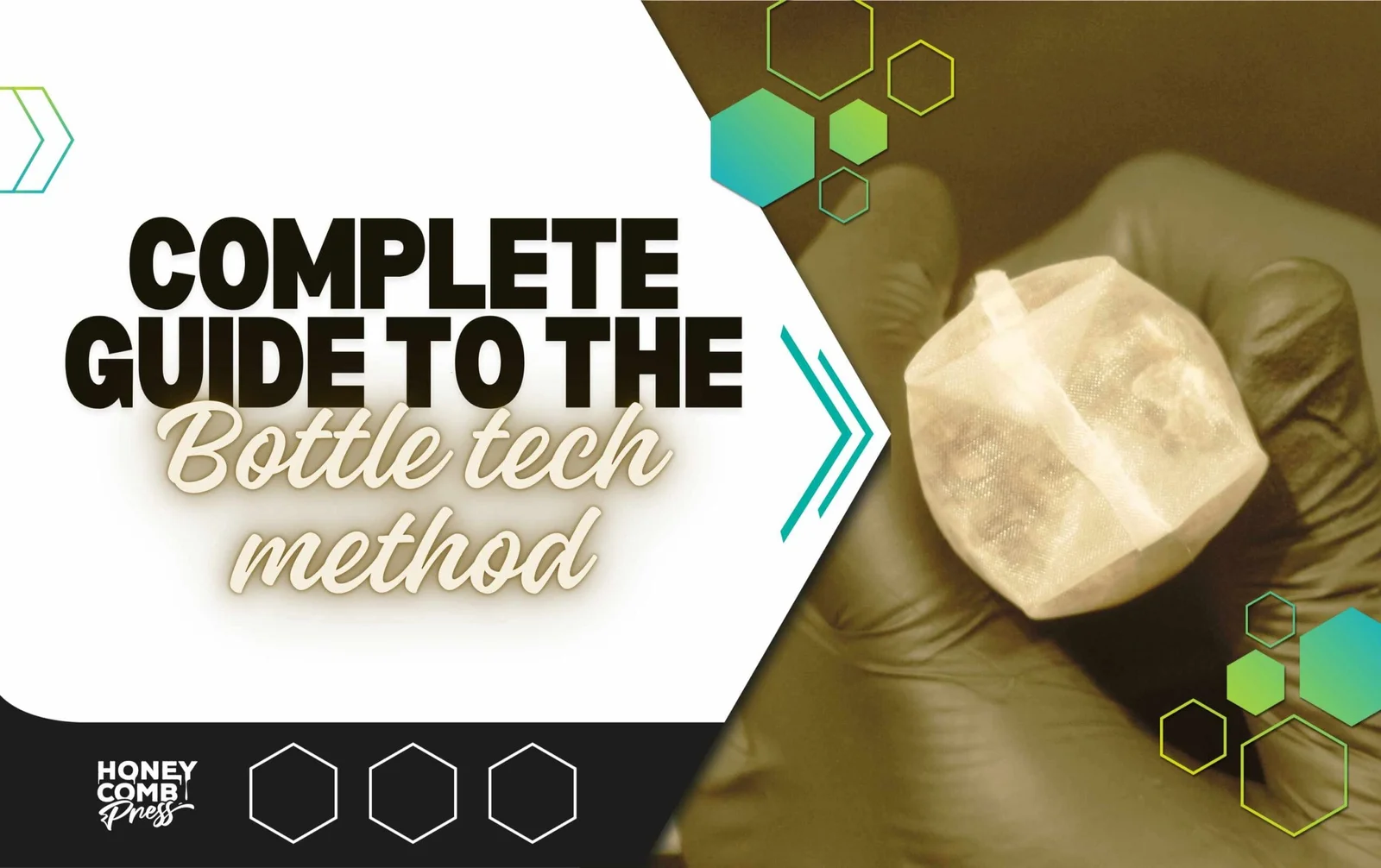Introduction
BottleCrunch.com positions itself as a down-to-earth resource for people who build, host, or manage websites. If you’re a small business owner, a WordPress site manager, or a developer who wants clear, actionable guidance on hosting, performance, and basic server management, BottleCrunch aims to translate technical topics into usable steps without the fluff.
The site organizes content into three practical pillars—Website Solutions, Hosting Trends, and Server Insights—so readers can quickly find beginner guides or deeper technical explainers depending on their needs.
My objective in this article is to evaluate what BottleCrunch offers, summarize how to use the site effectively, point out strengths and opportunities for improvement from an EEAT (Experience, Expertise, Authoritativeness, Trustworthiness) perspective, and give you practical tips to get the most value from it.
What BottleCrunch.com Is
BottleCrunch is a content-driven website focused on web hosting, WordPress website solutions, and server‐related guidance. Its articles appear to be targeted at both newcomers (how-to posts, hosting comparisons, “get started” guides) and intermediate users (performance tuning, security basics). The site’s navigation highlights core categories like “Website Solutions,” “Hosting Trends,” and “Server Insights,” which helps users self‐segment by need. Third-party summaries identify BottleCrunch as a practical digital-solutions blog rather than a hosting vendor or SaaS product.
Why BottleCrunch Can Be Useful
Beginner-friendly explanations. Many pages simplify complex topics into step-by‐step advice, which shortens the learning curve for non-technical site owners.
Practical hosting guidance. The site covers hosting basics, common managed WordPress options, and uptime/performance considerations—information that directly affects site reliability and cost.
Actionable server tips. Server insights include tuning recommendations and security hygiene items that can be implemented by a site admin or developer.
Consolidated topic structure. Organizing content into predictable categories helps visitors find related posts and create a learning path (e.g., start with hosting basics → move to WordPress optimization → adopt server hardening).
EEAT Analysis — How BottleCrunch Measures Up
Experience & Expertise
-
Strengths: Posts use practical language and include stepwise guidance—suggesting the authors write from hands-on experience.
-
Opportunities: The site should show clearer author bios and provenance for technical posts (years of experience, relevant certifications, case studies) so readers can verify expertise.
Authoritativeness -
Strengths: Content topics are relevant and aligned with common webmaster needs (WordPress, hosting, uptime). Distribution across social platforms signals topical interest.
-
Opportunities: Improve by adding citations, references to authoritative sources (official docs, hosting benchmarks, security advisories), and guest expert contributions.
Trustworthiness -
Strengths: The site includes typical trust pages—About, Contact, Privacy Policy—helping basic transparency.
-
Opportunities: Add published dates, update logs, editorial policies, and clear conflict-of-interest statements (e.g., disclosures when recommending paid hosting or affiliate links).
Bottom line: BottleCrunch has the style and topical focus to be a helpful resource. To strengthen EEAT further, the site should make author credentials explicit, add references to primary sources, and display a visible editorial standard.
How to Use BottleCrunch Effectively — A Step-by-Step User Guide
-
Start with the site map: Use the categories (Website Solutions, Hosting Trends, Server Insights) to pick content that matches your skill level. If you’re new, begin in Website Solutions. If you manage uptime or architecture, jump to Server Insights.
-
Search for problem-focused posts: Look for “how to” and troubleshooting posts (e.g., “how to choose managed WordPress hosting”, “improve site load time”) rather than product roundups that may be shallow.
-
Cross-check recommendations: When BottleCrunch suggests specific hosting providers, plugins, or configurations, cross-validate with vendor documentation and independent benchmarks before deployment. That guards against outdated or sponsored advice.
-
Apply one change at a time: If a post suggests multiple optimizations (cache, CDN, image compression), implement and test changes incrementally so you can measure impact and roll back if needed.
-
Save or bookmark evergreen posts: Foundational posts—hosting basics, backup procedures, security checklists—are worth saving as reference templates for recurring maintenance.
Content Quality: What BottleCrunch Does Well
-
Clear, practical language that reduces technical friction for non-engineers.
-
Categorized content that maps to real website management tasks (design → hosting → server).
-
Presence across platforms such as social networks which indicates topical interest and distribution.
Areas for Improvement (Actionable Suggestions)
-
Author transparency: Add bylines with short bios, credentials, and experience statements for every technical post. This improves perceived expertise and trust.
-
Citations and links to primary sources: Wherever the article makes a technical claim—performance gains, security recommendations—link to benchmarks, vendor docs, or security advisories.
-
Published/updated dates: Readers must know how fresh advice is; show explicit publish and update timestamps on every article.
-
Editorial standards page: A short policy explaining fact-checking, editorial process, and sponsorship rules will strengthen authority.
-
User examples & screenshots: More screenshots, sample configurations, and small code snippets (with explanations) make instructions reproducible and boost experience signals.
Quick Comparison: BottleCrunch vs Typical Hosting Blogs
-
Tone: BottleCrunch leans practical and straightforward; many hosting blogs are either highly technical or highly promotional. That middle-ground is useful for smaller site owners.
-
Depth: Some posts are introductory; for deeper architectural needs you’ll still need vendor docs or specialized performance blogs.
-
Trust signals: Basic trust pages exist, but could be amplified with author bios and external references.
Example Checklist to Use After Reading a BottleCrunch Guide
-
Note the “last updated” date (if present). If absent, assume you must double-check on vendor docs.
-
Backup your site before applying changes (plugin updates, server configs).
-
Implement changes in a staging environment when possible.
-
Run baseline tests (page speed, uptime) and re-test after each change.
-
Keep a log of changes and roll-backs for future troubleshooting.
Practical Content Ideas BottleCrunch Could Add (to Boost EEAT)
-
Case studies showing before/after metrics (load time, conversion, downtime).
-
Author profiles with linked professional credentials to validate expertise.
-
Toolkits and downloadable checklists (backup checklist, WordPress hardening checklist).
-
Benchmark articles that cite testing methodology and raw data.
-
Community Q&A or comments moderated by authors to show engagement and help build trust.
Read More: Understanding Kolltadihydo: Causes, Treatment, and Outlook
Conclusion
BottleCrunch.com is a practical, user-friendly resource for people who need clear guidance on building and maintaining websites—especially WordPress site owners and small teams that want straightforward hosting and server advice.
The site’s content categories and conversational tone make it a good starting point for beginners and a handy reference for intermediate users. To elevate BottleCrunch from a helpful blog to a recognized authority, the site should make EEAT signals more explicit: add author bios and credentials, include dates and references to primary sources, publish editorial policies, and present data-driven case studies.
For readers, the best way to use BottleCrunch is as a pragmatic learning path—start with foundational articles, validate recommendations with vendor docs, and apply changes incrementally while recording their impact. With a few targeted improvements, BottleCrunch can become not just useful, but genuinely authoritative in the web-hosting and WordPress ecosystem.
FAQs
-
How do I use BottleCrunch.com to choose a hosting plan?
Start by browsing the Hosting Trends or Website Solutions category, look for comparison or “how to choose” posts, note the criteria (uptime, support, managed WordPress features), then cross-check providers’ SLAs and benchmarks before buying. -
How do I apply BottleCrunch’s server tips safely to my site?
Implement server changes on a staging environment, backup your site first, apply one change at a time (cache → CDN → image optimization), and measure results after each step. -
How current is the hosting advice on BottleCrunch.com?
Check the article’s publish or updated date. If an update date is missing, you should validate the advice against recent vendor documentation and industry benchmarks. -
How can BottleCrunch improve its trustworthiness?
The site can publish author profiles, add an editorial policy, reference primary sources, and include case studies with raw data—these steps strengthen Experience, Expertise, Authoritativeness, and Trustworthiness. -
How do I find step-by-step WordPress help on BottleCrunch?
Look under Website Solutions for WordPress-focused posts—search the site for terms like “WordPress hosting,” “plugins,” or “site speed” and follow the step-by-step guides, implementing changes incrementally.










